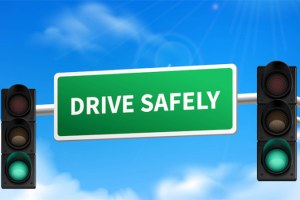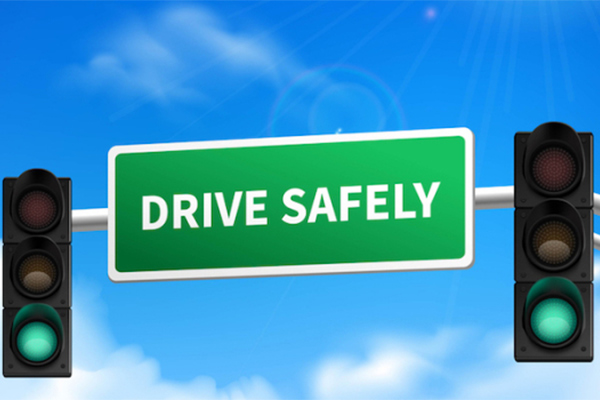 |
|
|
Véhicule
Driving Patterns
|
|
Cette page concerne les importateurs et exportateurs de Driving Patterns Rechercher dans la catégorie : Véhicule Rechercher dans la catégorie : patterns, driving |
Mercredi 22 avril 2015
Quantité : 1piece - Prix : USD5~36
Un panneau de batterie solaire: 3W 2: 3.7v / 4400mA de batteries au lithium de haute qualité de la capacité de la batterie. 3.led: puissance 3W, 38pcs. Jingyuan SMD 2835led, la température de couleur 5500-6000k, lumières sur 300lm.Lampe à économie d'énergie des lampes à incandescence...
Ashiloy Industry Co.,Ltd
- 999077 - KLN
- +86 138235618632
Jeudi 09 avril 2015
Quantité : 100 grams - Prix : 10USD
RTV Silicone Rubber Applications: RTV Silicone Rubber is great to make poly resin crafts, PU crafts, PU resin crafts, gypsum crafts, u nsaturated resin crafts, lighting and candles crafts, plastic toy, stationery gifts crafts industry, RTV Silicone Rubber Advantages: light viscosity...
Guangzhou OTT New Materials Co.,Ltd.
- 510800 - Guangzhou
- 86 020 86819712
Jeudi 10 avril 2025
Quantité : 10000 - Prix : 5€
silicone ventouse étanche Haut-parleur Bluetooth Matériel: gel de silicone USB Longueur du câble : environ 76cm Article Dimension : environ 62 x 62 x 61 mm Dimension de l'emballage : environ 211 x 175 x 51 mm paramètres: Une . Boutons / Interfaces : bouton ON / OFF , Interface USB Micro ...
MaciMax intelligent téléphone accessoires grossiste
- hjb810410
- 13004 - Marseille
- 04 91 92 53 77








